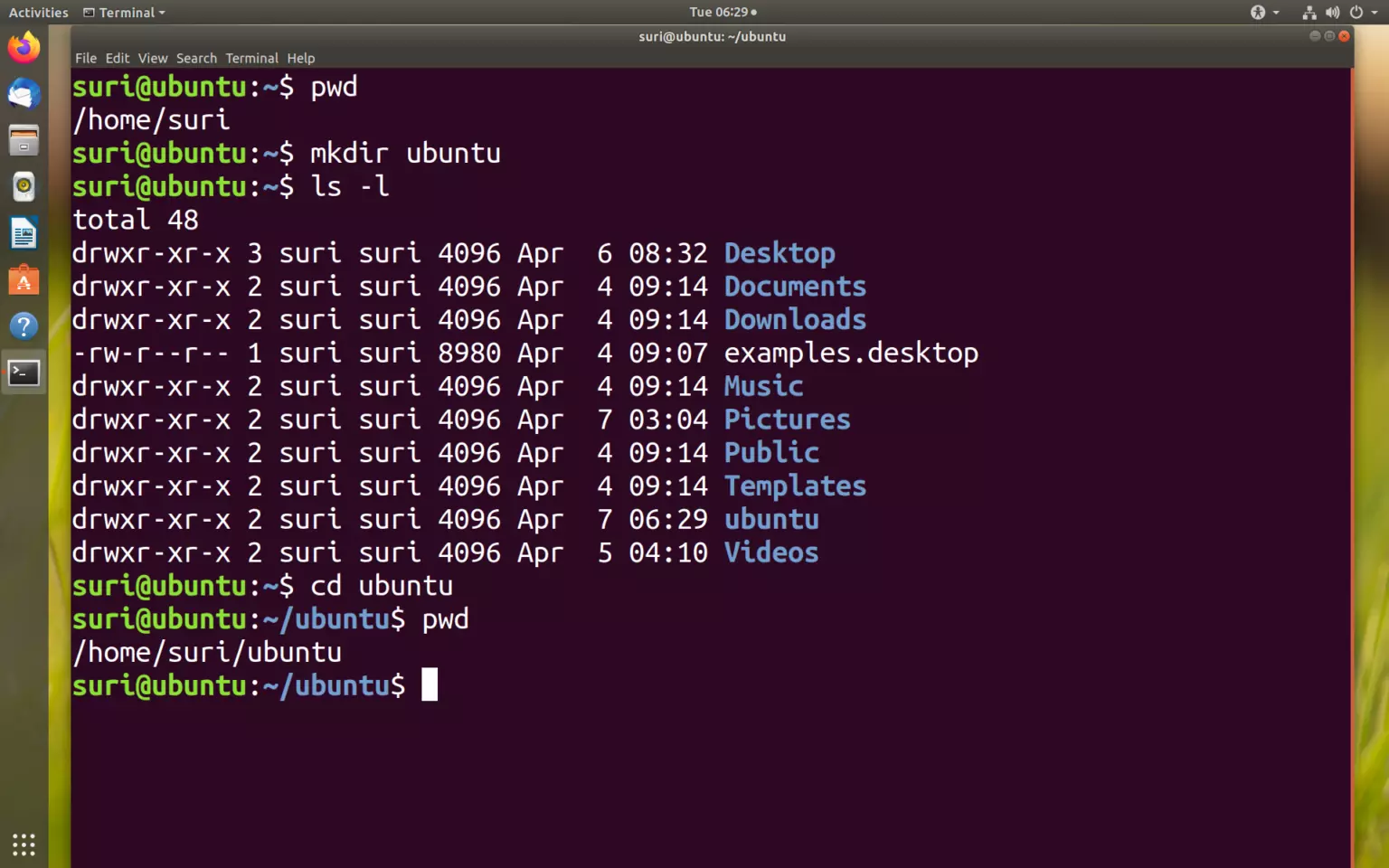

- #Open terminal ubuntu cannot enter password install
- #Open terminal ubuntu cannot enter password update
Notice also that if you also have the package dbconfig-common installed and set to store the root password (see /etc/dbconfig/config), you need to reconfigure that package so it knows the password to administrat your databases for other packages. If you try it, you'll see your terminal popping up. Run this command instead to reinstall the default Software. Line number 5 and 6 of nf should be: AutomaticLoginEnabletrue AutomaticLogin username where, username is the name of the user for auto-login. Login through the command prompt input: sudo nano /etc/gdm3/nf. Return to your desktop and open the terminal using the keyboard shortcut Ctrl + Alt + T. From the login screen hit Ctrl + Alt + F4.
#Open terminal ubuntu cannot enter password install
If you can't install gnome-terminal at all, skip this step and go to step 2.
#Open terminal ubuntu cannot enter password update
To re-add it to your desktop's dock, right-click on the icon and select 'Add to Favorites.' Maybe, though, it's even better to memorize the combination Ctrl + Alt + T on your keyboard. First install the terminal from a virtual console using the command: sudo apt update & sudo apt install gnome-terminal. To remove Terminal, enter the following command and press Enter: sudo apt remove gnome-terminal. Press the Win and start typing 'terminal' in the search field to find it. If you are on a Mac, open the Terminal and type type this command. Notice this use of the debian-sys-maint user only works for Debian based distributions. Open a TTY window by pressing Ctrl+Alt+F3. You can use SSH to access the Linux terminal of your device. If you can use the *secret* password to login in as user root, you have managed to change the password for root. Mysql> UPDATE er SET Password=PASSWORD('*secret*') WHERE User='root'

$ sudo mysql -defaults-file=/etc/mysql/debian.cnf On your Ubuntu 20 system, open the terminal and run the command below to. So, to change password for the root user, try this. EDIT: I made the mistake of calling ubuntu 22. Notice that you NEVER should change that users password, unless you also change it in the file debian.cnf. Just as root use /etc/mysql/debian.cnf configuration file to login as that user. Some laptops use the function keys for setting screen brightness or sound volume. From the login screen, press Ctrl + Alt + F3. To do this, boot your system normally and wait for the login screen to appear. There you can see that you can use the debian-sys-maint user to access the database for administration. If yes, then the first thing you need to do is drop out of the graphical login screen and fire up the terminal. As it is gzipped, it is convenient to use zmore to read it. So for mysql-server-5.5 there are important information in /usr/share/doc/mysql-server-5.5/. They contain important information for using and administrating packages. Always read the contents of /usr/share/doc/ package-name / for packages you have installed.


 0 kommentar(er)
0 kommentar(er)
